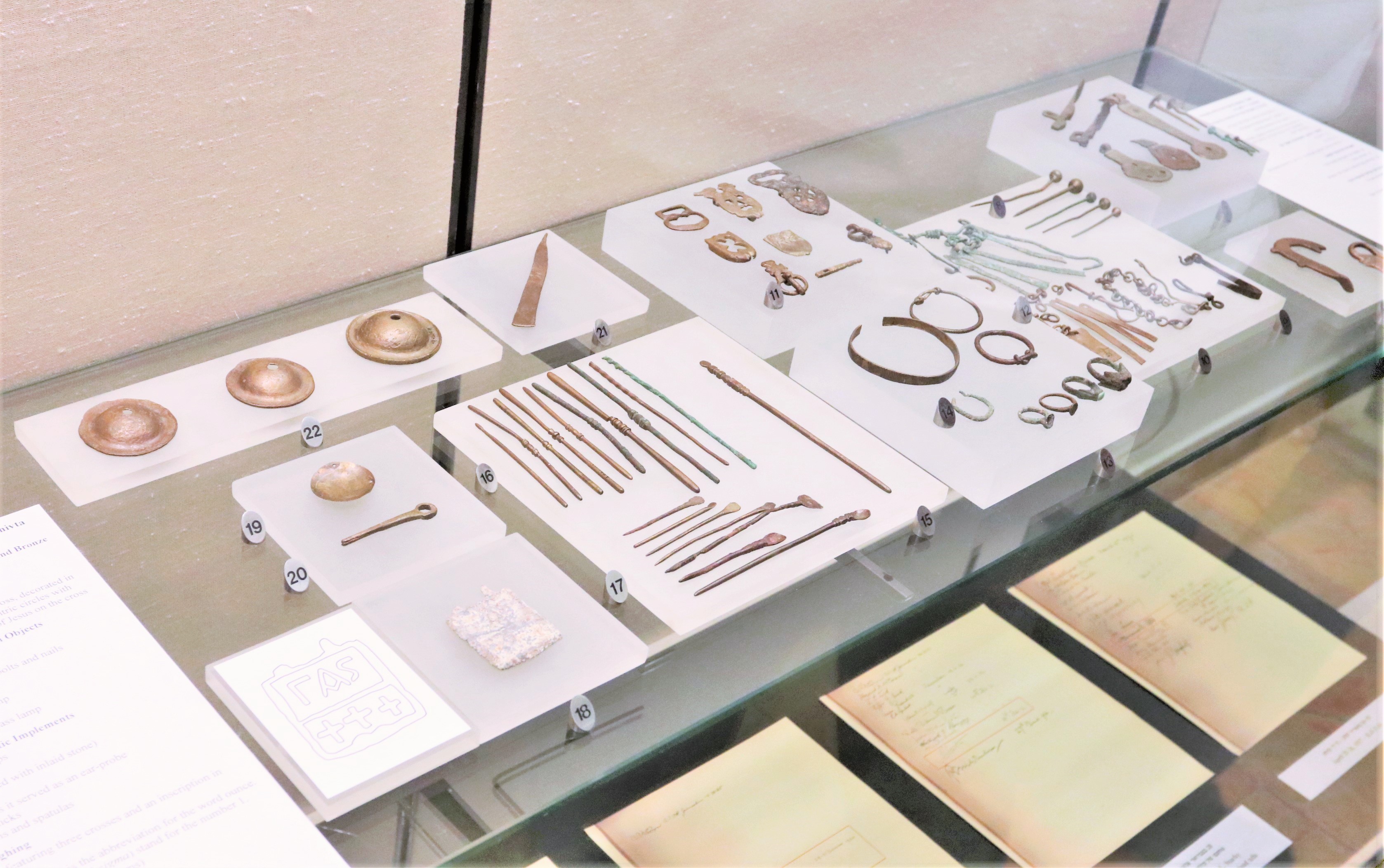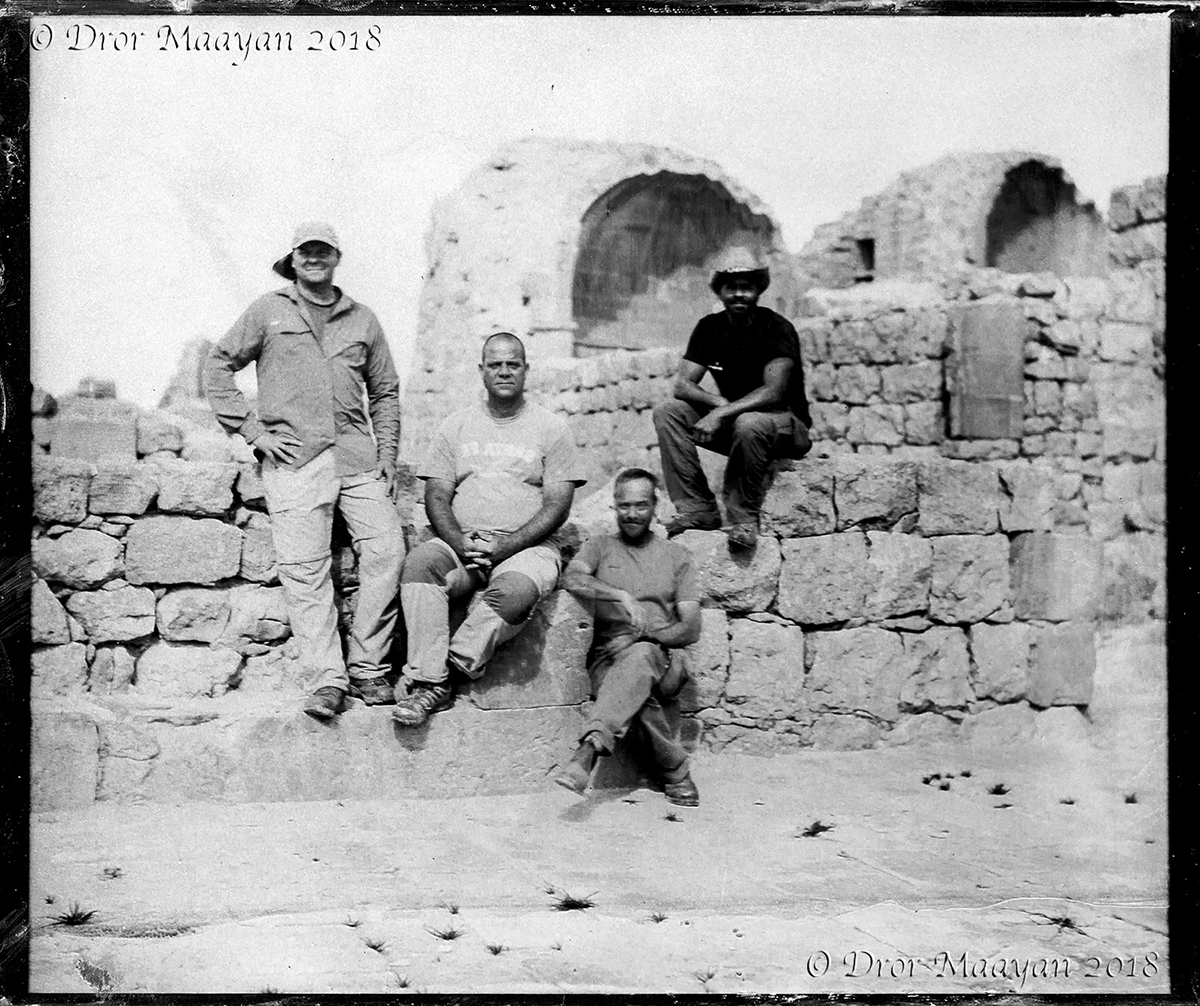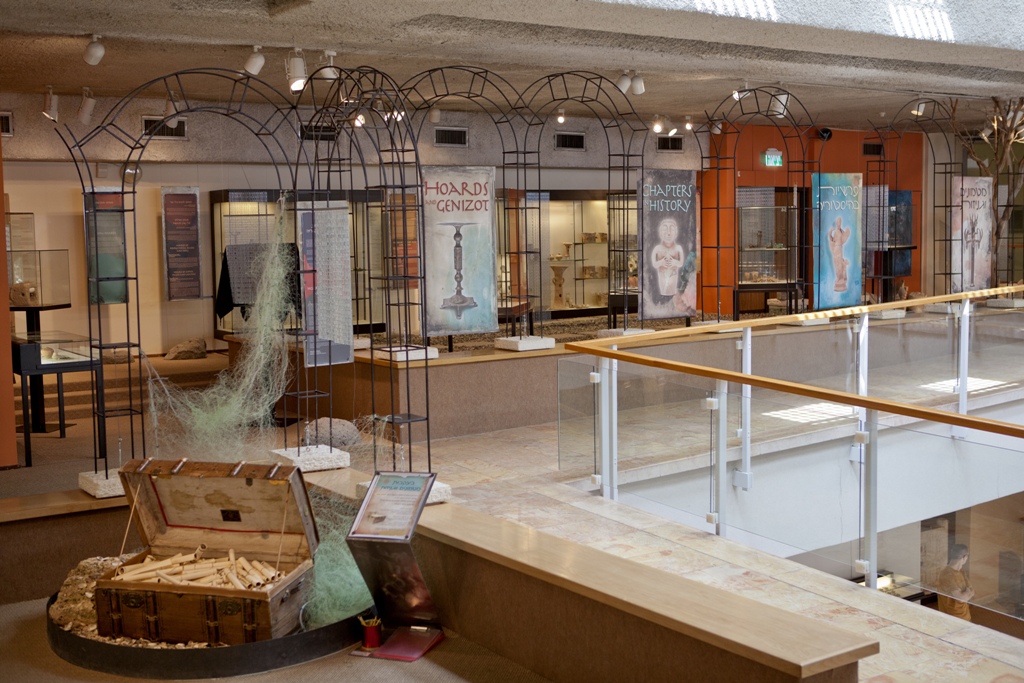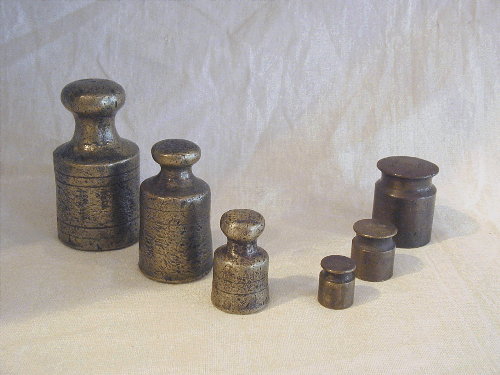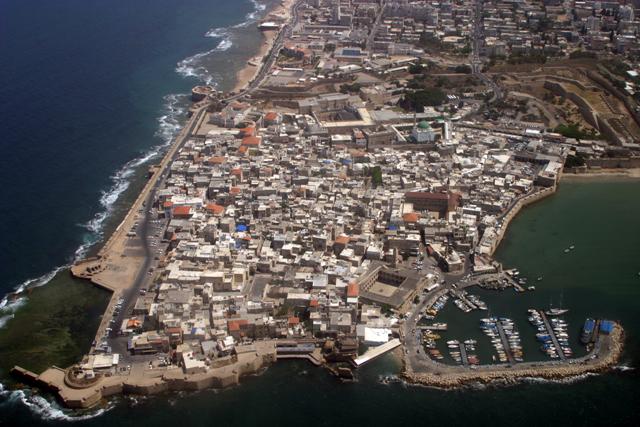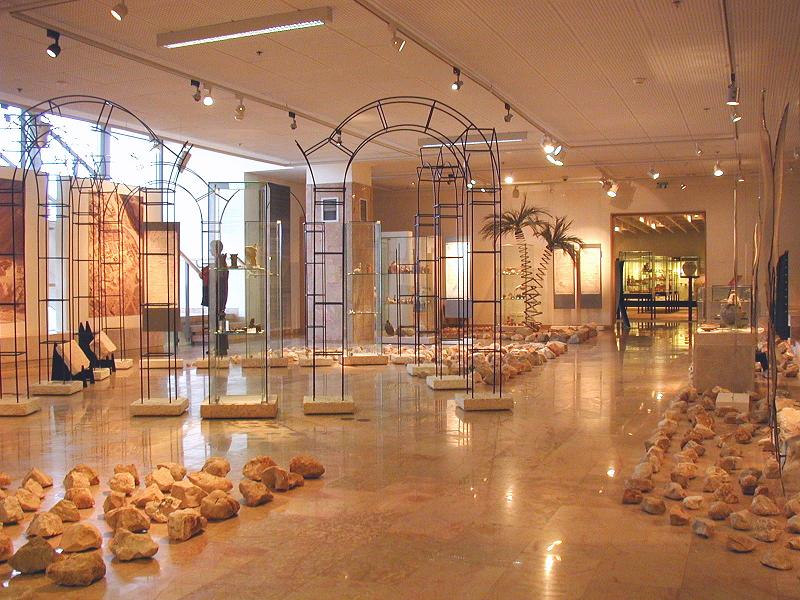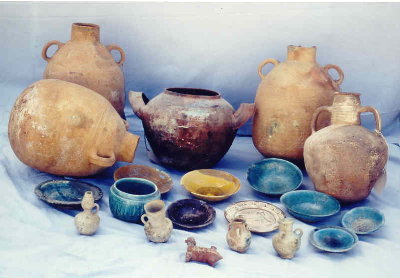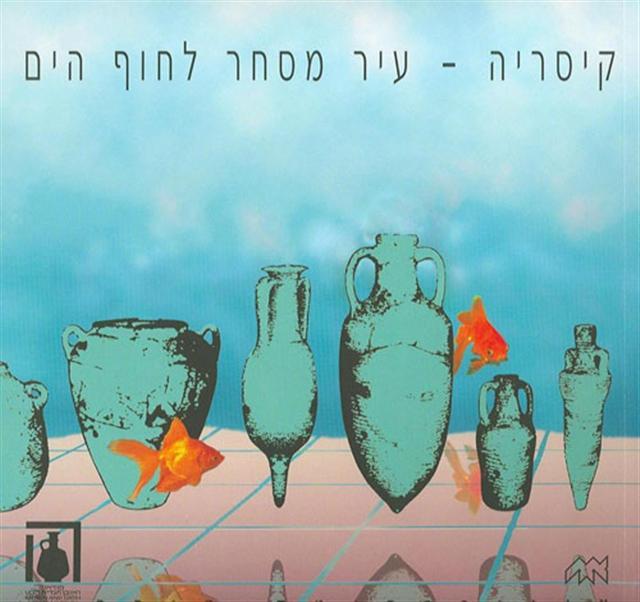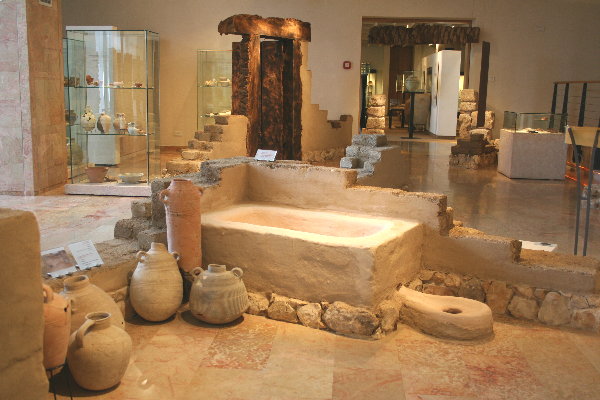Finds from the H.D. Colt Expedition in Shivta (1933–1936; 1938) Revealed for the First Time
In January 1938, a suitcase, which contained artifacts, documents, and photographs from the archaeological excavations at Shivta, was forgotten at the Haifa port. The suitcase belonged to Harris Dunscombe Colt (1901—1973), the excavator of Shivta. Colt never came to claim the forgotten suitcase, nor was it ever sent to him. The suitcase was eventually shipped to Jerusalem and its contents were never studied or published.


